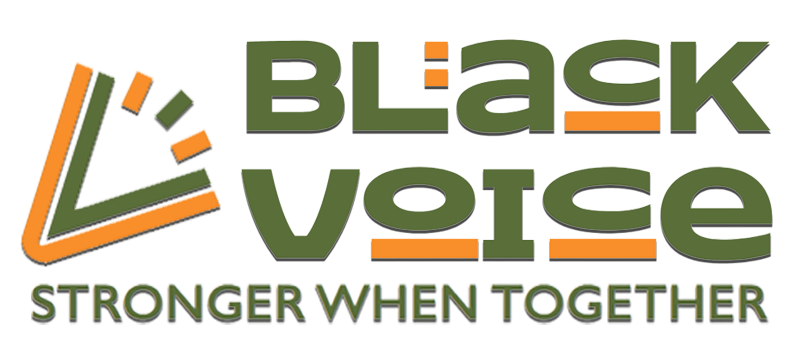The first time I realized my English curriculum was deeply whitewashed, I was already halfway through teaching it. I was reading Of Mice and Men with a room full of students—many of them racialized, some Black, some newly arrived in Canada—and I could feel the disconnect.
It wasn’t that Steinbeck didn’t have value. It’s that we were centering the same voices over and over again: white, male, American and dead.
I started asking: “Who’s missing? And what would it look like to change that?”
Learning & Unlearning
When I went through teacher’s college, the reading lists were traditional. Shakespeare. Fitzgerald. Orwell. Maybe Toni Morrison if the syllabus wanted to feel diverse. But most of the “canon” wasn’t built with Black students—or Black people—in mind.
It’s not that I wanted to get rid of the classics entirely. It’s that I didn’t want my classroom to be a museum. I wanted it to be a space for conversation.
So, I began the slow, intentional process of reimagining my course content—not just sprinkling in “Black History Month” lessons but embedding Black voices into the foundation of what we study year-round.
More Than Just a Book List
This isn’t just about adding The Hate U Give to the shelf (though we did read it, and the kids ate it up). It’s about challenging what kinds of texts we value through graphic novels, spoken word, Hip-hop, essays, and plays by Black Canadian authors. I also incorporated stories that reflect real-life intersections of identity: being Black and queer, Black and Muslim, Black and neurodivergent.
In Grade 12, we now compare The Great Gatsby with excerpts from Desmond Cole’s The Skin We’re In. We read poetry by Canisia Lubrin and Rupi Kaur alongside Shakespeare and Sylvia Plath. We watch Amanda Gorman’s inauguration poem and ask why it went viral—and what that says about how we consume Black brilliance.
This work doesn’t just amplify Black voices. It complicates the narratives. It makes students question who gets to be “universal” and who’s always labeled “specific.”
Resistance Comes Quiet and Loud
Some pushback is subtle—an email asking why we’re not reading Macbeth “like we used to.” Some are louder. But most of it is internal. The fear of not “doing it right.” Of being performative. Of tokenizing.
But perfection isn’t the point. This work is messy. It requires reflection. Correction. Sometimes an apology. But it’s worth it when a student picks up a book and says, “I’ve never read something that felt like me before.”
What I’ve Learned (So Far)
Bringing more Black voices into my classroom has made me a better teacher and, more importantly, a better listener. It’s made the space more alive. My Black students feel seen. My non-Black students get stretched. And the conversations that follow? They’re not only richer but sharper, messier and genuine.
The Curriculum Wasn’t Built For Us. So We’re Rebuilding It.
It’s never a finished project when you’re learning, reworking, reading. But I know now: representation isn’t an “add-on.” It’s the groundwork.
And if education is about opening minds, then let’s start by opening the syllabus.
